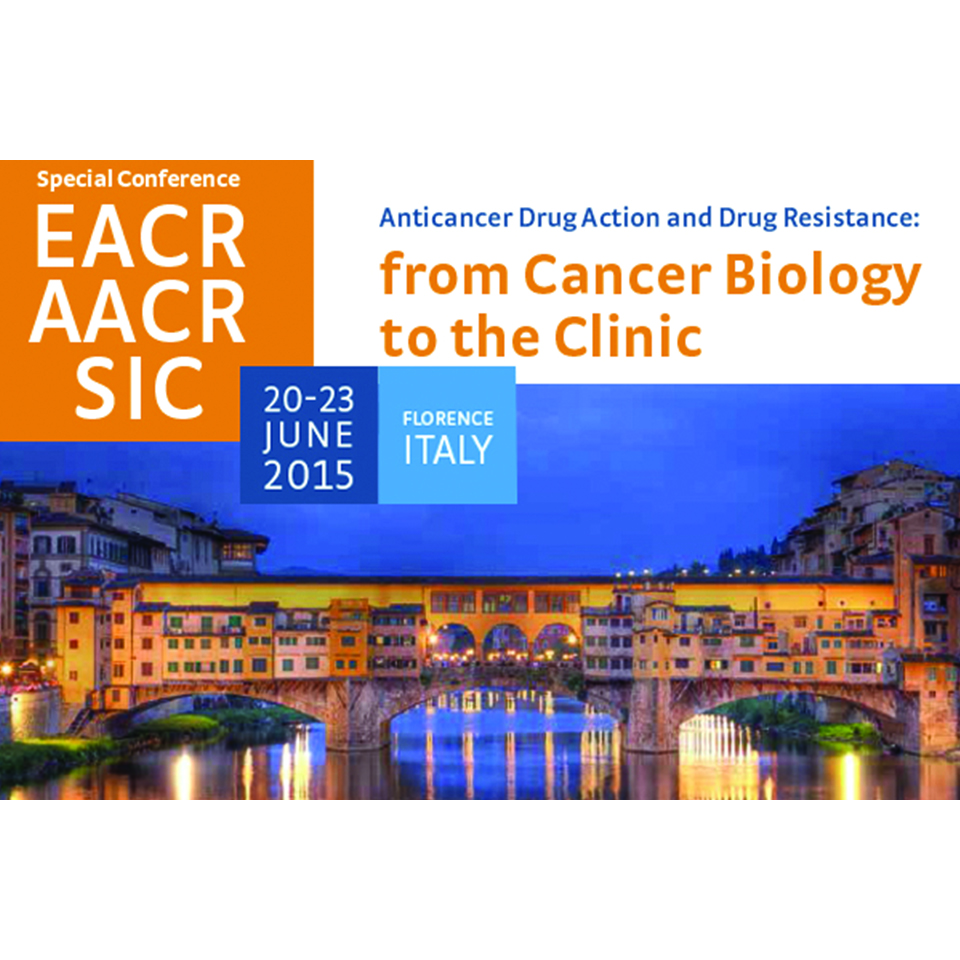Potential of Red Pigment from Saw Palmetto for alternative cancer treatment
Potential of Red Pigment from Saw Palmetto for alternative cancer treatment has been reported at EACR 2015.
Red pigment from Saw palmetto: A natural product for potential alternative cancer treatment
YibinFeng1*, Sari Okuda2, Hor Yue Tan1, NingWang1, Sai-WahTsao3, Masao Takahashi2
- 1 School of Chinese Medicine, LKS Faculty of Medicine, The University of Hong Kong (*Corresponding author).
- 2 Heimat Co., Ltd. Heimat Building, 1-21-3 Nihonbashi, Chuo-Ku, Tokyo, Japan.
- 3 Department of Anatomy, Center of Cancer research, LKS Faculty of Medicine, The University of Hong Kong.
Introduction
Saw palmetto is extract of the fruit of Serenoa repens (Bartram) J.K.Small, an edible plant originated from the Southeastern United States. It has been used in traditional, complementary and alternative medicine as a tonic, expectorant and antiseptic for treatment of various illnesses, especially urinary and reproductive system problems. Approximately 90% of Saw palmetto containing fatty acids and has been claimed for its therapeutic effect on benign prostatic hyperplasia (BPH). Previous studies also suggested the in vitro and in vivo anti-cancer effect of lipidosterolic extract of Saw Palmetto. However, recent epidemiology and randomized trials showed that there is no association of prostate cancer risk between the intervention and placebo group. Although there exists discrepancy between the studies on cancer prevention of Saw palmetto, we couldn’t exclude the potential anti-tumor effect of Saw palmetto on other tumor models. In current study, the anti-tumor effect of a small proportion of natural pigment compounds isolated from the commercial Saw Palmetto Extract were investigated. To date, there is no previous study reported on any bioactivity of these pigmented compounds from Saw Palmetto.
 Download full document (PDF)
Download full document (PDF)

 Download full document (PDF)
Download full document (PDF)
